A study mentions that 56% of organizations had to deal with pay compression in 2022. Compensation professionals also consider this the biggest issue causing an increase in turnover for current employees.
Salary compression in an organization can severely impact a company’s reputation as an ‘Employer of Choice’. It hampers pay transparency practices and prevents you from adopting competitive pay practices.
It is important to understand the root cause of how salary compression materializes in the workplace and how to rectify this situation.
Let’s start by understanding pay compression in detail to create a better compensation strategy.
What is pay compression?
Pay compression happens when there is a difference in pay for employees with similar experiences and skill sets. It causes internal pay inequity in your compensation structure, which can lead to tenured employees resigning from their jobs due to low employee morale.
The situation is more tricky in industries where the compensation market rate changes rapidly. In such scenarios, there are high chances that new hires get a compensation package higher than that of the existing employees.
Understanding the major factors influencing pay compression helps compensation professionals to come up with effective solutions.
What causes salary compression?
There are several factors influencing salary compression in the industry:
- The talent game has become more competitive in recent years. This means to acquire top talent, companies have to offer inflated salaries. In a study, there was an average salary increase of 9.7% during the pandemic. This creates a gap in the salaries of previous employees as compared to new hires.
- Due to minimum wage laws or industry standard compensation data for minimum wage increases, there might be a difference in the pay you’re offering to entry-level and that of the higher levels if you’re not making adjustments in the pay bands accordingly.
- Impromptu promotion decisions can also affect salary compression in a workplace if the market trends are not taken into consideration. This can lead to externally promoted employees earning more than internally promoted employees causing pay compression.
- A limited merit planning budget can be one of the reasons for salary compression. If you’re dedicating major financial resources to the new job seekers and putting a constraint on the increment budget, it can lead to a disproportionate increase in pay.
- Retaining employees without considering the market benchmarks or economic downturn can increase the difference in pay between employees who are the recipients of the retention efforts and the employees who are still getting the original package.
The Negative Impacts of Pay Compression
Salary compression has serious consequences for the welfare of the workplace:
- Pay compression is known to increase employee turnover. This leads to higher hiring and training costs that deplete the company’s financial resources in the long run. In 2023, there were 80% of organizations in the UK that corrected salaries for employees as they understood the long-term financial implications of pay compression.
- It severely compromises the internal pay scales of a workplace and prevents a healthy transparent culture.
- Employee productivity also gets affected due to pay compression. Long-term employees and experienced workers on the lower end of the financial bandwidth tend to lose their vigor to perform and contribute effectively to the business growth.
- The overall reputation of the company receives a negative impact in the job market if it is facing pay compression issues. This might complicate your recruiting efforts for hiring skilled employees.
How to calculate salary compression
You can follow these steps to calculate salary compression in your organization:
- Accumulate all the salary information in one place. The data points should highlight base salary, variable pay, and employee benefits (if they are quantifiable).
- Categorize your employees into different levels. For example, entry-level - 0-2 years, Mid-level - 3-5 years, High level - 5+ years
- Once that’s done, create average salary ranges for each of the categories created to have a review of compensation in a detailed way.
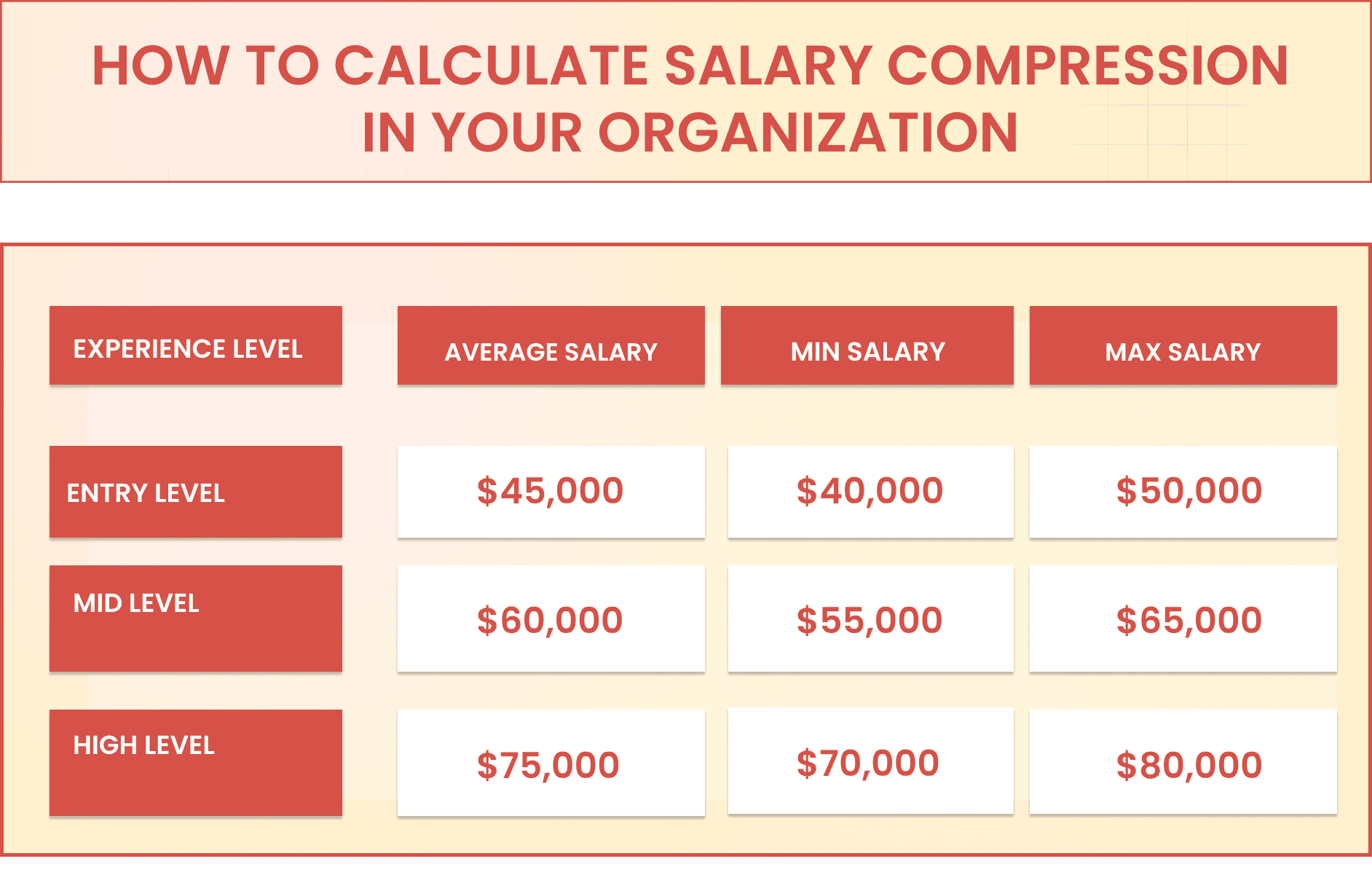
- Calculate pay compression for individual employees by using the formula:
Compression Ratio = Salary of New Hire/Average Salary of Experienced Employees. A ratio closer to 1 validates salary compression in your workplace.
- Try to locate patterns by comparing the average compensation of different levels. For example, if an Entry-level Salary is $50,000 and the Senior-level Salary is $75,000, you can use this formula to identify the difference:
Percentage Difference = 75,000 x 100 / 75,000−50,000 = 33.33%
A smaller percentage difference indicates higher pay compression.
- The insights derived from this exercise should then be compared with the industry compensation data to understand the market conditions while making salary adjustments.
How HR can address pay compression
Here are some of the useful tips HR professionals can use to address pay compression:
- Making pay equity audits a part of your compensation structure can help you identify pay compression issues in the early stages and administer solutions accordingly. More than 60% of companies in the US have claimed that pay equity reviews are one of the best ways of tackling salary compression.
- Creating salary bands should be a data-driven procedure. Using real-time salary benchmarks to make accurate pay bands that reflect current market rates can help you improve employee turnover rates.
- Once you calculate the pay compression for your employees, make necessary compensation adjustments to key positions to keep your employees motivated and productive.
- Communicate your salary planning structure to your employees with full transparency to make sure they are on the same page when it comes to their compensation.
- Set up regular review programs where employees can anonymously express their dissatisfaction if they feel they are being paid unfairly.
Role of CompUp in reducing pay compression
CompUp is a compensation management software that helps you resolve pay compression issues in your workplace with effective compensation and merit planning. The platform leverages the latest technology in the HR Tech space to further automate your compensation planning for data-driven results.
CompUp helps plan your budget for merit cycles and new hiring with a real-time simulation that helps you visualize the utilization of your financial resources to help you plan better.
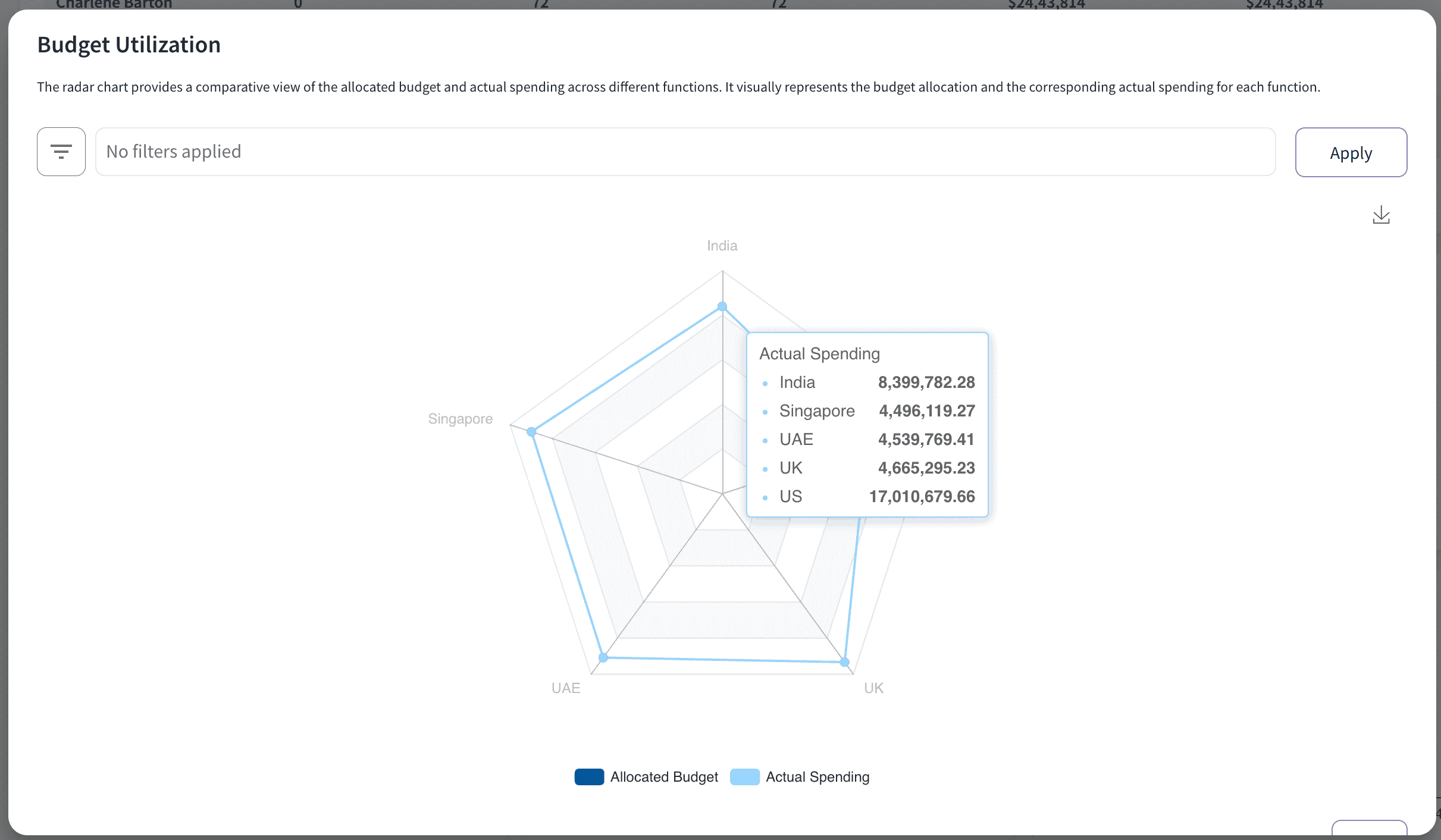
It also segments your increment distribution into the different job levels so that you can compare the salaries of entry, mid, and high-level employees.
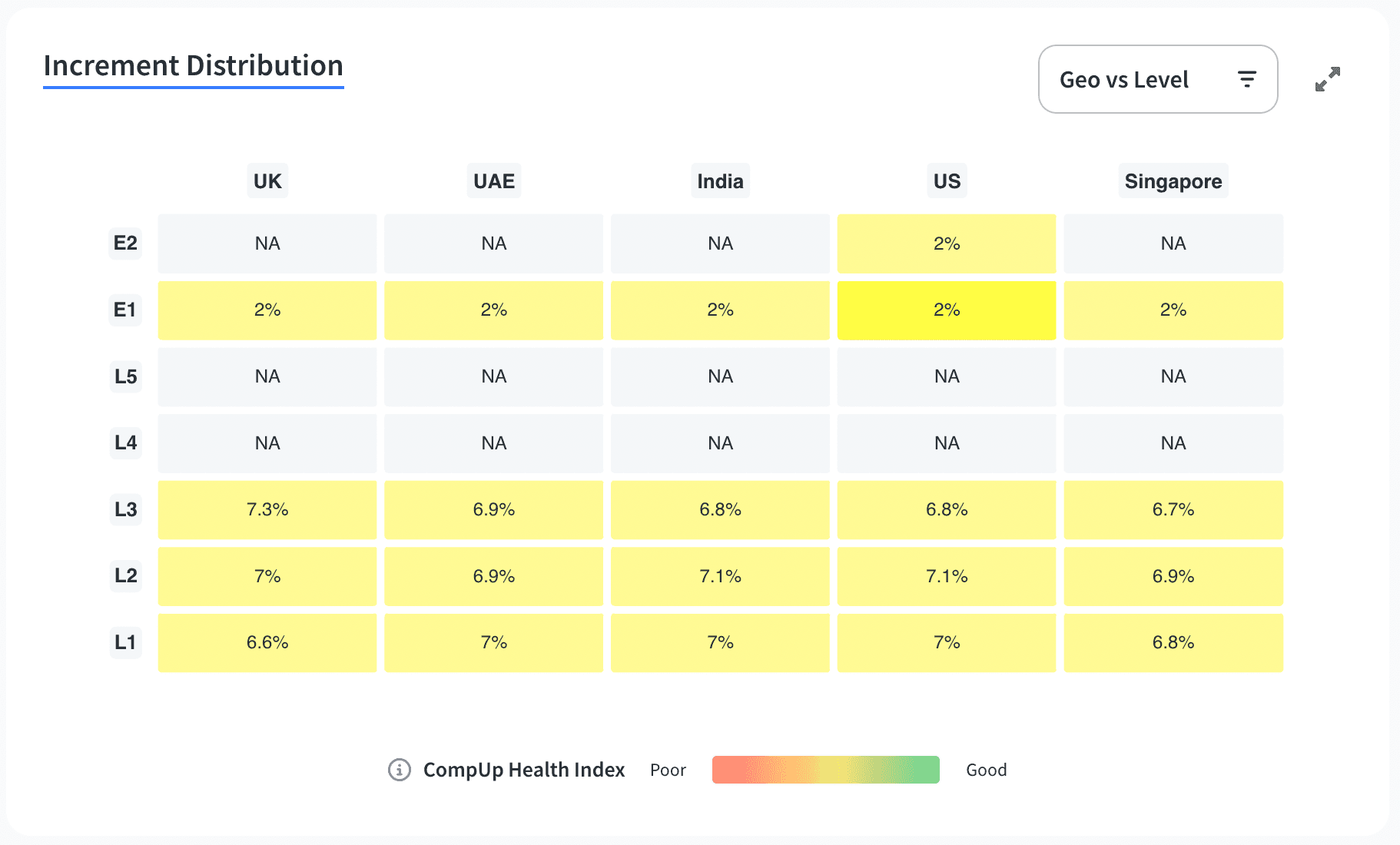
The pay gap analysis in the dashboard helps to identify pay inequities in your compensation structure so that you can make informed decisions while dealing with salary compression issues.
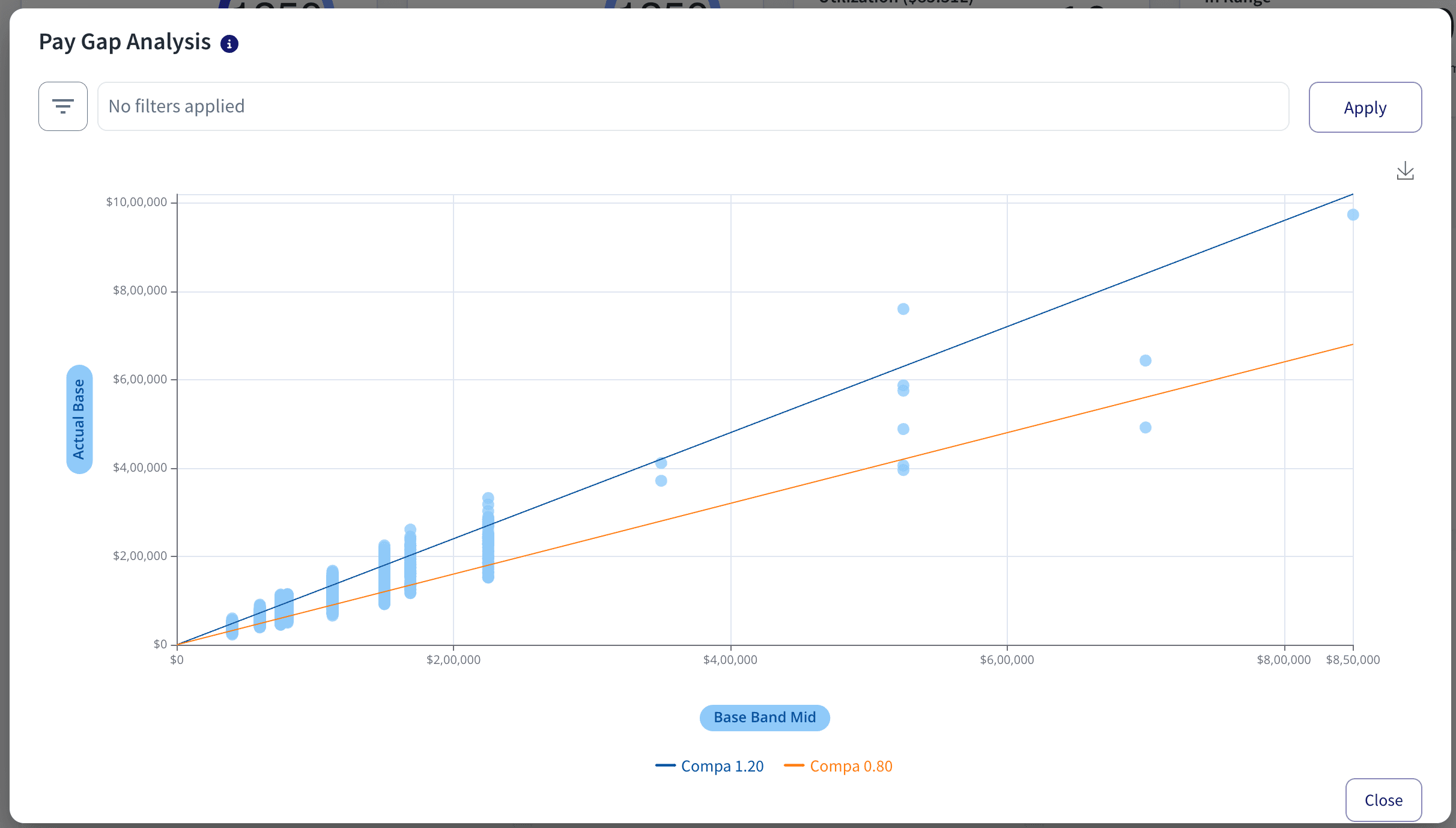
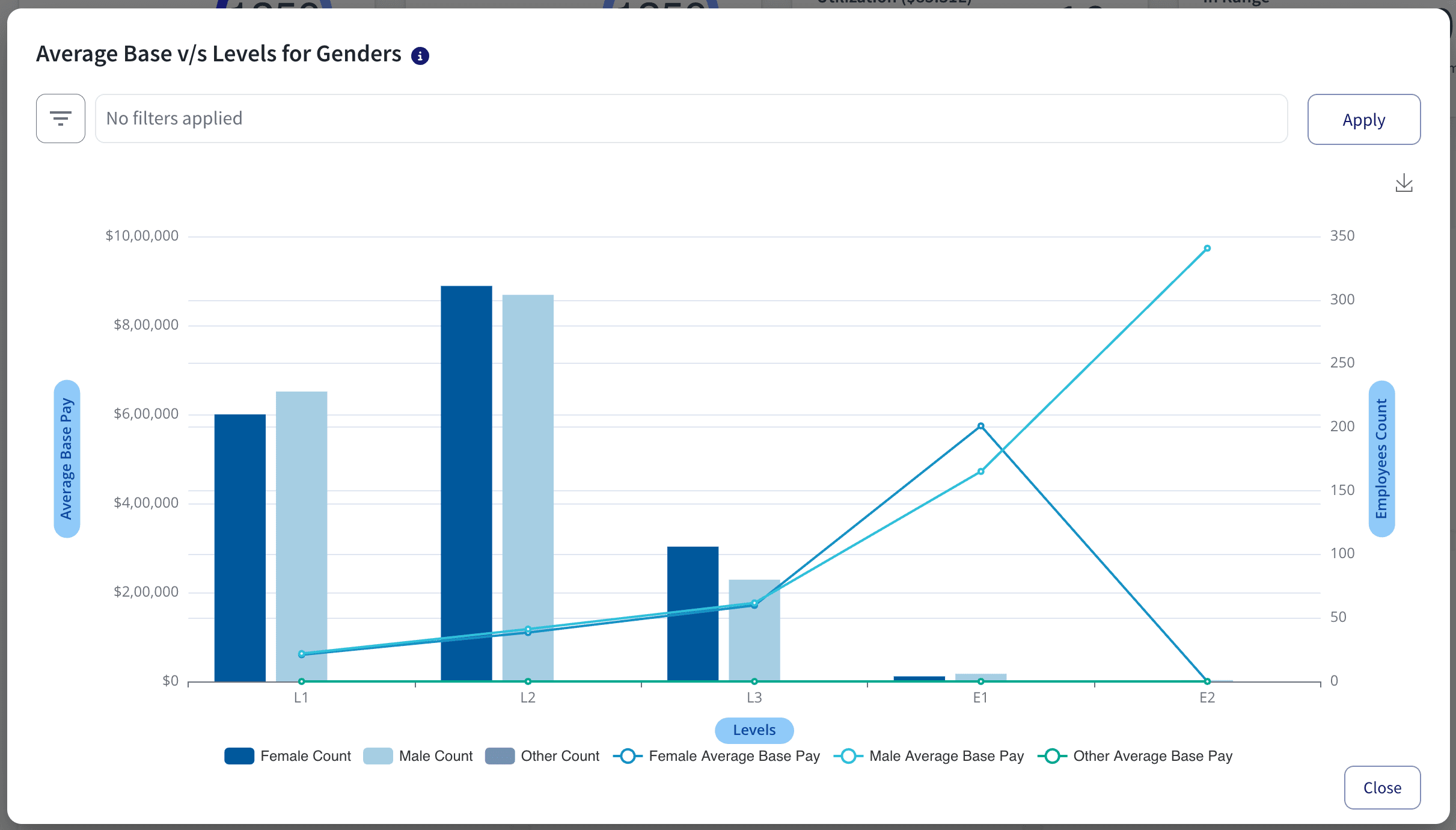
Click here to learn more about how CompUp can be your futuristic compensation management software.







